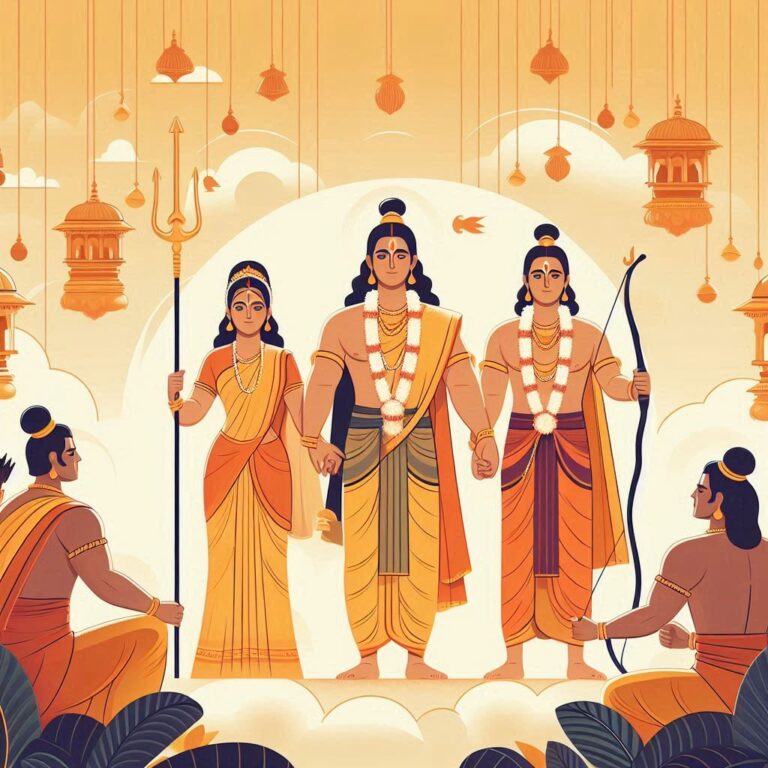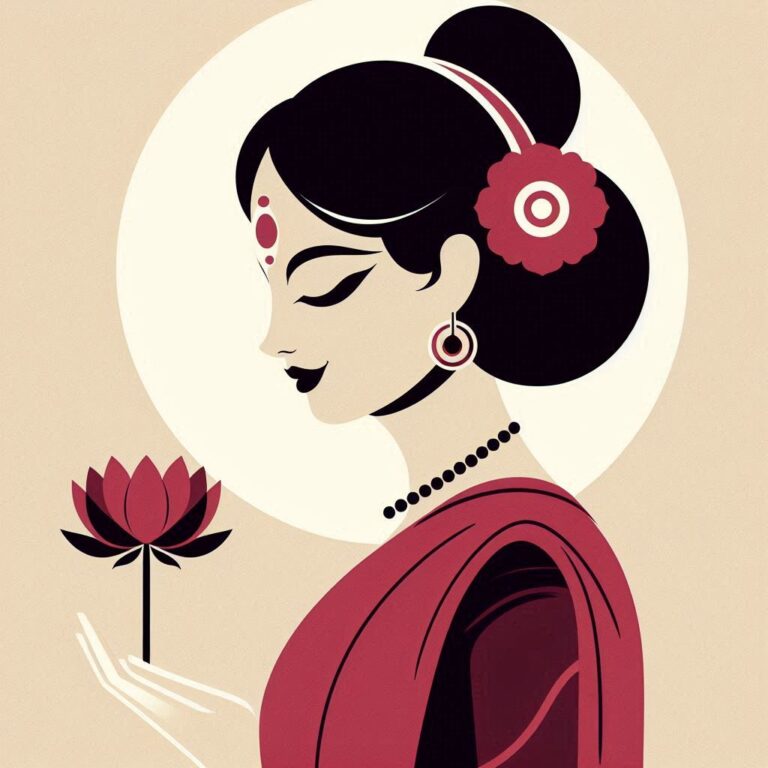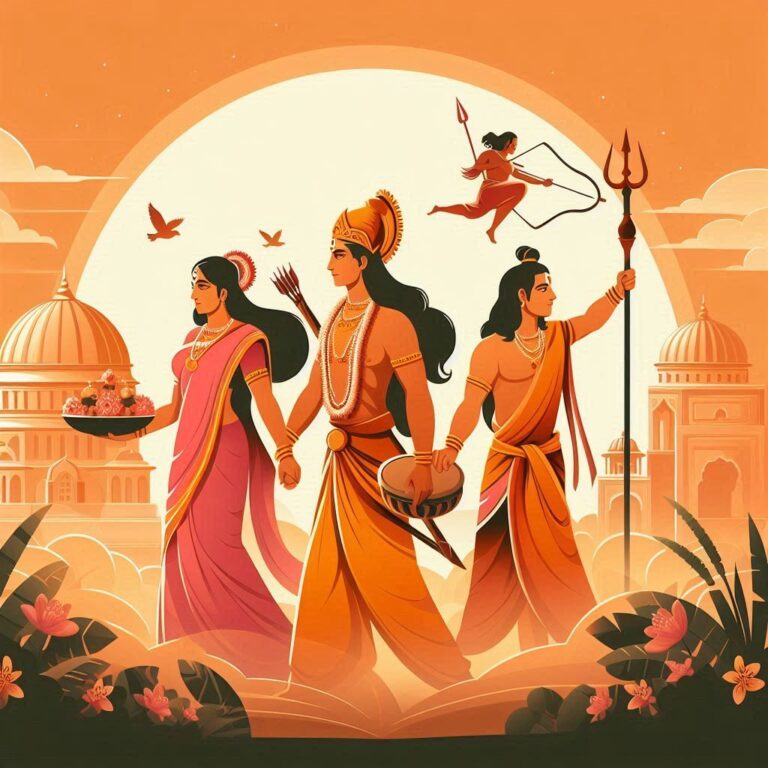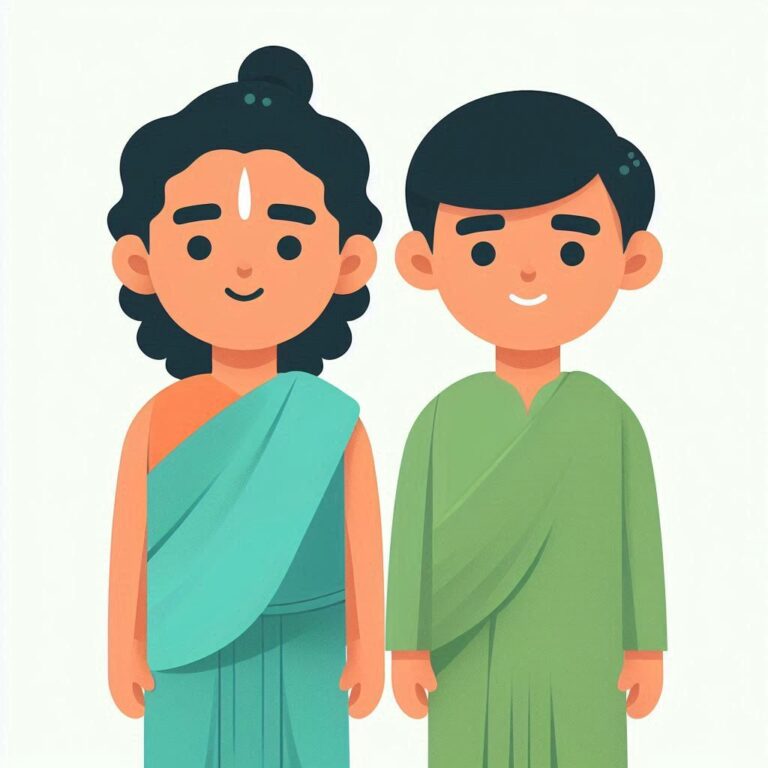Surpanakha: Unraveling the Complexities of Her Encounter in Ramayana
Encountering Surpanakha: A Deeper Understanding
When we think about the epic tales of the Ramayana, our minds often drift to the chiseled virtues of Lord Rama or the unwavering devotion of Sita. However, lurking in the shadows of this narrative is a character that holds immense significance yet gets often overlooked—Surpanakha. Her story is like an onion; it has layers after layers, often misunderstood and misrepresented. So, let’s peel back those layers and dive into the world of Surpanakha, exploring her motives, her encounters, and the lessons we can learn from her character.
Who is Surpanakha?
Surpanakha is often portrayed as the ‘villainous’ sister of Ravana, the demon king of Lanka. At a glance, you may think of her as just a woman scorned, but her character is far more nuanced. With roots in the ancient texts, Surpanakha embodies not just a tale of lust but also one of societal neglect, betrayal, and revenge.
Imagine being someone who doesn’t conform to the norms of society—always stirring the pot! Surpanakha was that kind of character, a nonconformist in a world that consistently tried to box her in.
The Encounter with Rama and Lakshmana
The infamous encounter of Surpanakha with Rama and Lakshmana is a pivotal moment that sparks a series of events leading to conflict in the Ramayana. Here’s how it unfolds:
-
Attraction to Rama: When Surpanakha spots Rama in the forest, she is immediately drawn to him, captivated by his charm and looks. One could argue this is merely an instinctual reaction; after all, who wouldn’t be enchanted by a figure standing like a deity amidst the wilderness?
-
Rejection and Rage: In a bid to win Rama’s heart, she approaches him boldly. However, Rama, already committed to Sita, swiftly turns her down. Now, this is where the story begins to twist. Instead of gracefully accepting rejection, Surpanakha’s rage ignites. She turns to Lakshmana, who likewise dismisses her advances but in a more humorous, albeit mocking, manner. This incident exemplifies how rejection can morph into anger—something relatable to many of us, right?
-
Transformation and Revenge: Surpanakha, feeling insulted and vengeful, seeks to retaliate by attacking Sita. In a fit of rage, she lashes out, only to have Lakshmana defend his wife by slicing off her nose. This act isn’t just physical violence; it symbolizes a deeper societal issue where a woman’s worth is tied to her appearance.
Here’s a poignant श्लोक (shloka) to reflect this turmoil:
कान्तारं च न बत्तालो हरजित्ता गृहे मल्लनिजं सजग्ये॥
(Kāntāraṁ cha nattālo harajittā gṛhe mallaniṁ sajyē)
In the garden of love, where harm finds no home, a woman’s plight is reflected in the shadows cast.
This encapsulates her pain—the perception of women’s roles in society.
Surpanakha’s Significance in the Ramayana
Surpanakha’s tale does not just serve as a character arc but reflects broader themes that resonate through the fabric of our lives:
Unrequited Love
Surpanakha’s infatuation with Rama is a classic case of unrequited love. How many times have we found ourselves in a similar position? Her experience resonates with anyone who has faced rejection, serving as a reminder of the emotional complexities of love.
Feminine Fury and Autonomy
Surpanakha can be seen as a representation of a woman asserting her desires in a patriarchal society. The lash of her fury may be viewed as a desperate cry against oppression. Here’s another दोहा (doha) that resonates:
जिन बिबिधा बुराई, सरदं नाम त्रिजगती।
(Jin vividha burā’ī, saradaṁ nāma trijagatī)
Those who harbor different evils are but seeds sown in the trifles of the world.
This statement can be interpreted as a critique of how society judges women harshly for showing their emotions or desires.
Understanding the Misinterpretation of Surpanakha
Often, Surpanakha is painted as merely a jealous figure, lacking depth. This simplification limits our understanding of her character and her experiences. Think about it: if someone judged you for only a moment in your life, wouldn’t that feel unfair? Surpanakha’s journey highlights the importance of comprehending the underlying motivations behind one’s actions.
Layers of Misunderstanding
-
Cultural Lens: Our interpretation of Surpanakha is largely influenced by cultural narratives. Often, she is portrayed as an ogress—filling the mold of traditional ‘evil’ women who envy pure-hearted heroines like Sita.
-
Evolution Through Time: The tale of Surpanakha has transitioned through various retellings, often altering its essence. What was once a story of a hurt yet ambitious woman has transformed into a tale of jealousy and revenge.
-
Searching for Agency: In today’s age, Surpanakha can represent feministic ideals—fighting for agency in a world that seeks to suppress them.
A Modern Reflection on Surpanakha’s Encounter
In our modern context, Surpanakha symbolizes the struggles women face when navigating love, rejection, and societal expectations. As we delve deeper into her character, we can ask ourselves:
- How often do we judge others based on superficial characteristics or single moments?
- What can we learn about empathy from Surpanakha’s frustrations?
It makes us reflect on the importance of understanding the context behind every encounter we observe in our lives. Much like a layered cake, each layer adds flavor to the overall experience.
Conclusion
Surpanakha’s story in the Ramayana is more than a tale of revenge; it’s a narrative that beautifully highlights the complexities of human emotions—love, envy, desire, and the quest for autonomy. Her character allows us to reexamine our perceptions, urges us to show empathy towards the misunderstood and reminds us that there’s often more than meets the eye.
So next time you come across Surpanakha in your readings or conversations, remember that she is not just a woman with a vendetta; she is a symbol of everything that lies unacknowledged within the whirlwind of human experience.
FAQs
1. What is the significance of Surpanakha in the Ramayana?
Surpanakha’s significance lies in her role as a complex character who illustrates themes of unrequited love, feminine rage, and societal constraints.
2. Why is Surpanakha often misunderstood?
She is often viewed through a narrow lens of jealousy or villainy, leading to a simplified understanding that neglects her emotions and motivations.
3. What lessons can we derive from Surpanakha’s encounters?
We can learn the importance of empathy, the need for deeper understanding in interpersonal relationships, and the consequences of societal pressures on individuals.
4. How does Surpanakha’s character reflect modern women’s struggles?
Surpanakha can be seen as a representation of women’s quest for autonomy and identity amidst societal judgments and expectations.
5. Can Surpanakha’s story be relevant in today’s world?
Absolutely! Surpanakha’s story encourages us to challenge stereotypes and to recognize the multifaceted nature of individuals beyond immediate perceptions.








